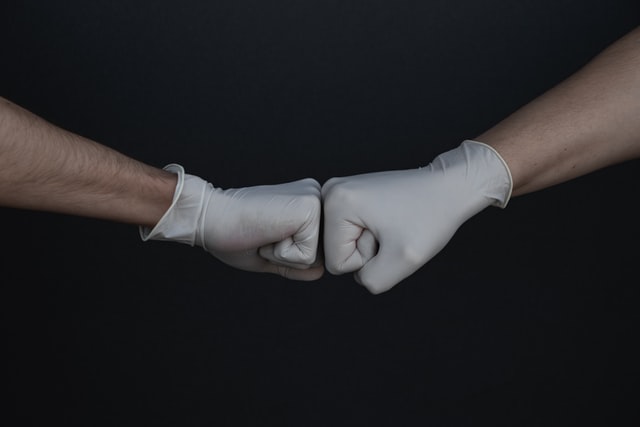What dress codes and Zoom backgrounds have in common with social inequity

Photo by Branimir Balogović on Unsplash
/ TRAVELS IN MY MIND

“Our battered suitcases were piled on the sidewalk again; we had longer ways to go. But no matter, the road is life”
– Jack Kerouac
In the Before Times, we judged people by their clothes (and presumably the designer they liked or could afford). Now, we rate their Zoom background. There’s a connection and it was DealBook, the NYT’s sassy newsletter on the intersection of business, policy and culture, that recently revealed it.
DealBook reported on a rather strange subject for a Stanford law professor: fashion. Richard Thomson Ford’s new book, ‘Dress Codes: How the Laws of Fashion Made History’, notes the social function of aesthetic judgement. During a pandemic, the best dressed rooms have clout. Mr Ford is quoted to indicate that aesthetic clues such as clothes or the books on our shelves help place people in the social hierarchy. “This,” he said, “goes back to the Middle Ages when dress codes were enforced by law and then, later, by social systems”.
That’s because society is deliberately organised by what’s in fashion. In a sense the levers of power are in the hands of designers, who make sure that systemic disruption is kept to a minimum.
How much does this matter? It’s both good and bad.
Design is about more than just the clothes we wear. It’s about more than the objects around us, the ones that are remarkably well-designed. The iPhone. The Mini car. The stacking chair, cheap, sturdy and easily stored until required in schools, offices, canteens and convention centres around the world. The paper clip—elegant, functional and sustainably made (of recyclable steel).
Design is also about the systems in which we live and work—housing, banking, education, corporate organisations. Design is about the good bits of those systems and the bad bits too. The ones that stop people from getting to live somewhere, getting a job or getting ahead. Someone (more likely some group) intentionally built the system that way, to keep others out.
Inequity is a design problem.

